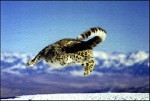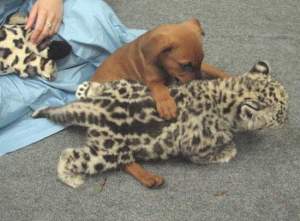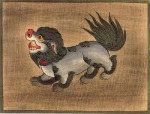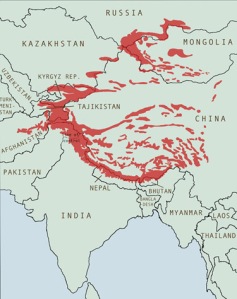Technology has changed just about everything we do in the last 10 years so why not use technology to save endangered animals from poaching? That’s exactly what Steve Gulick, a tech-head and keen conservation biologist supporter has done. He’s developed motion-triggered cameras for biologists studying chimps in the Nouabalé-Ndoki National Park (NNNP) of the Republic of Congo. His system uses a network of metal detectors which can read moving metal objects like a machete or a rifle that a poacher may be carrying. It trips a sensor which in turn sends a radio signal to a wireless Internet gateway camouflaged somewhere nearby and then this signal is transmitted via satellite to the internet and a message logged and sent which reveals poachers’ positions. Rangers are then immediately able to go out and confront poachers rather than only learning about their presence from animal carcasses days later. How brilliant is that? It may even be that Trailguard, the name Steve has given it, could be used to identify poaching activities in snow leopard country in the high Altai mountains of central Asia. Here’s hoping.



 Posted by Sibylle and Rex
Posted by Sibylle and Rex 












